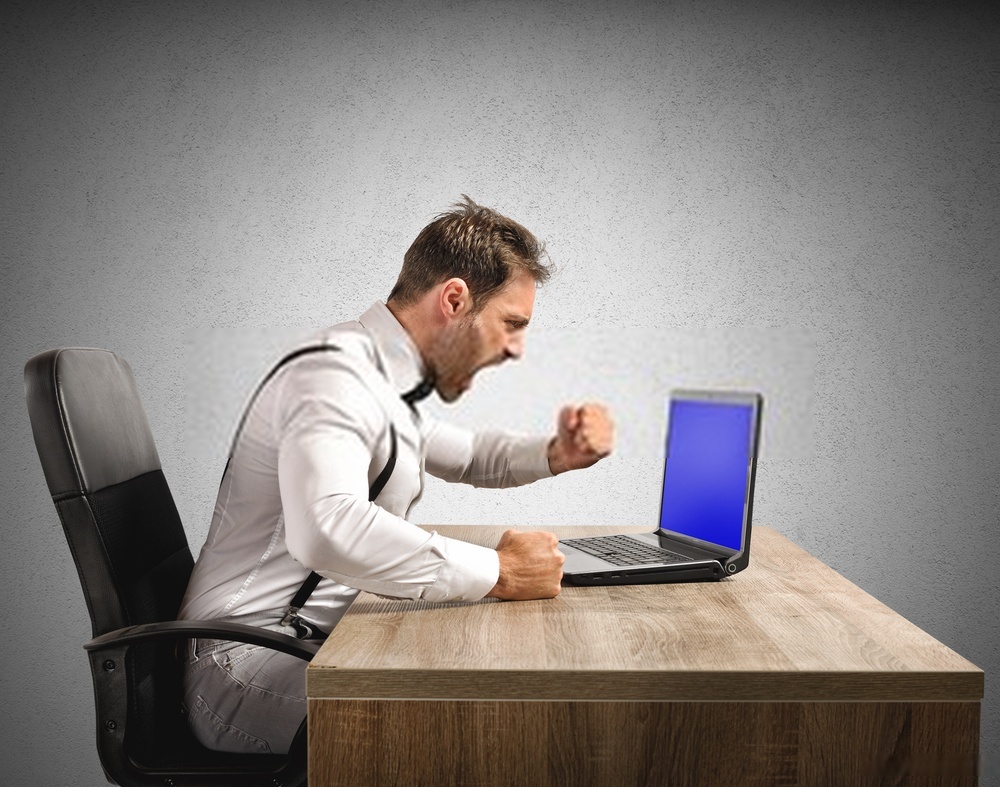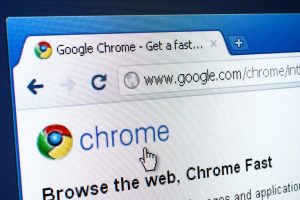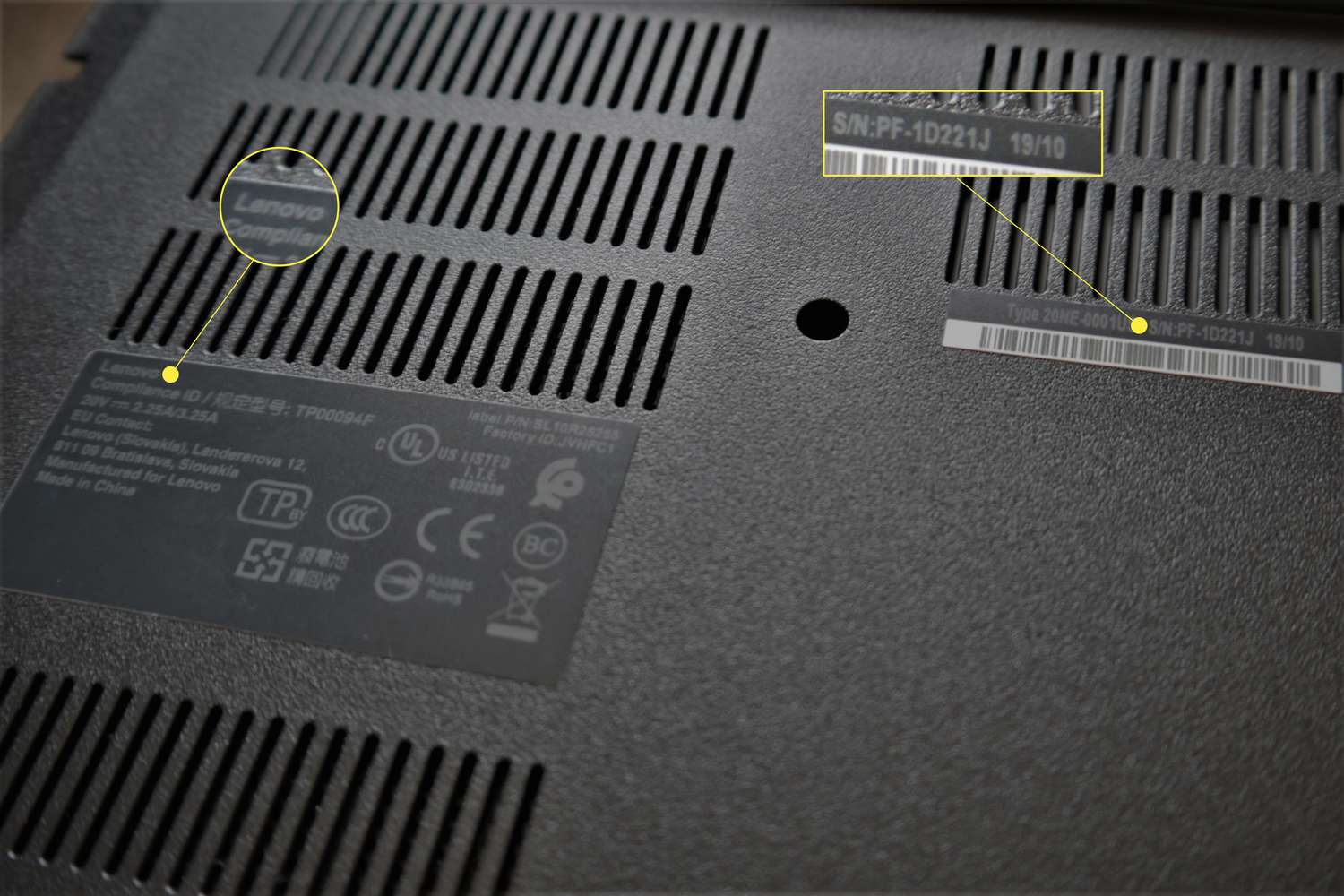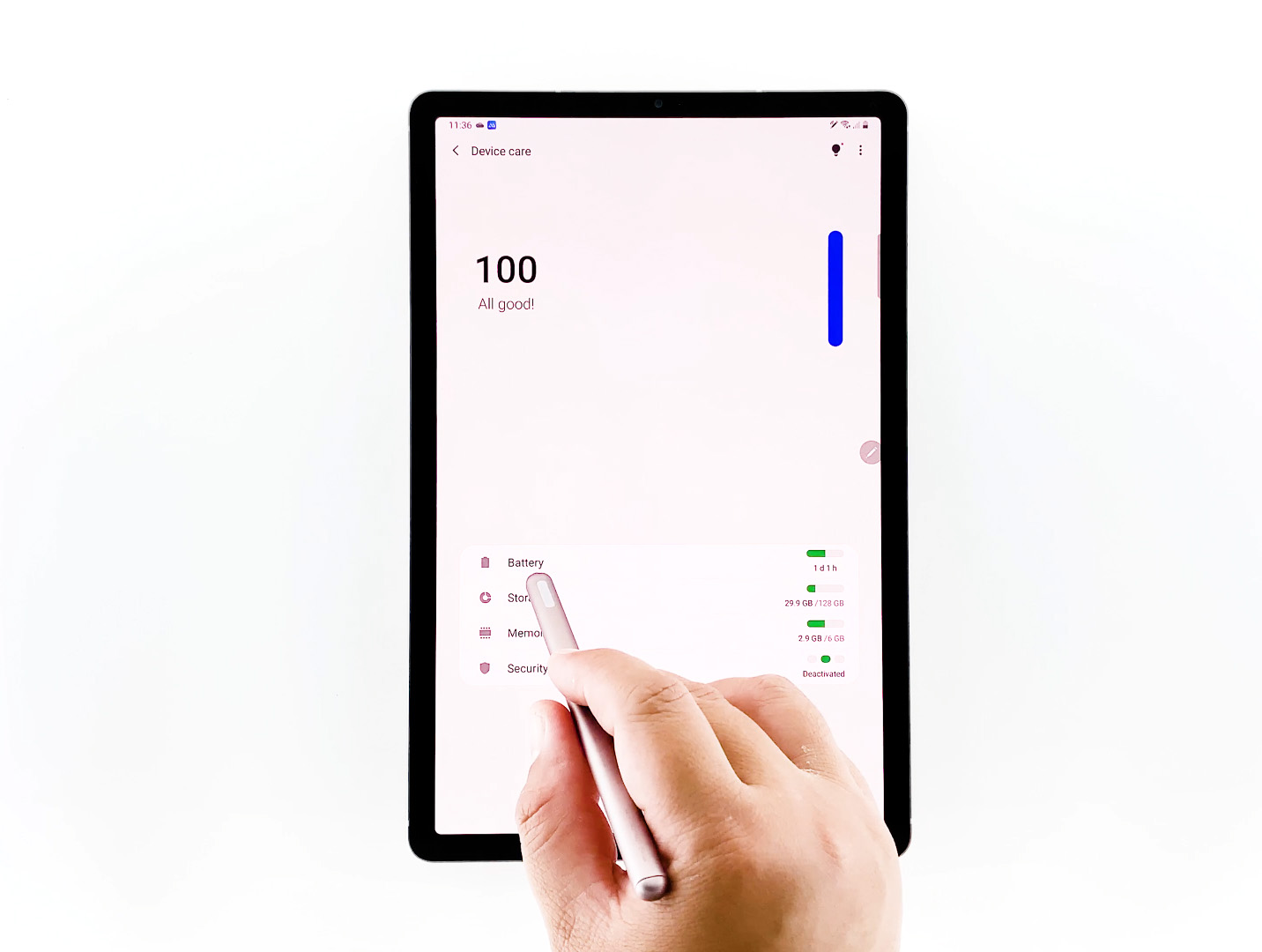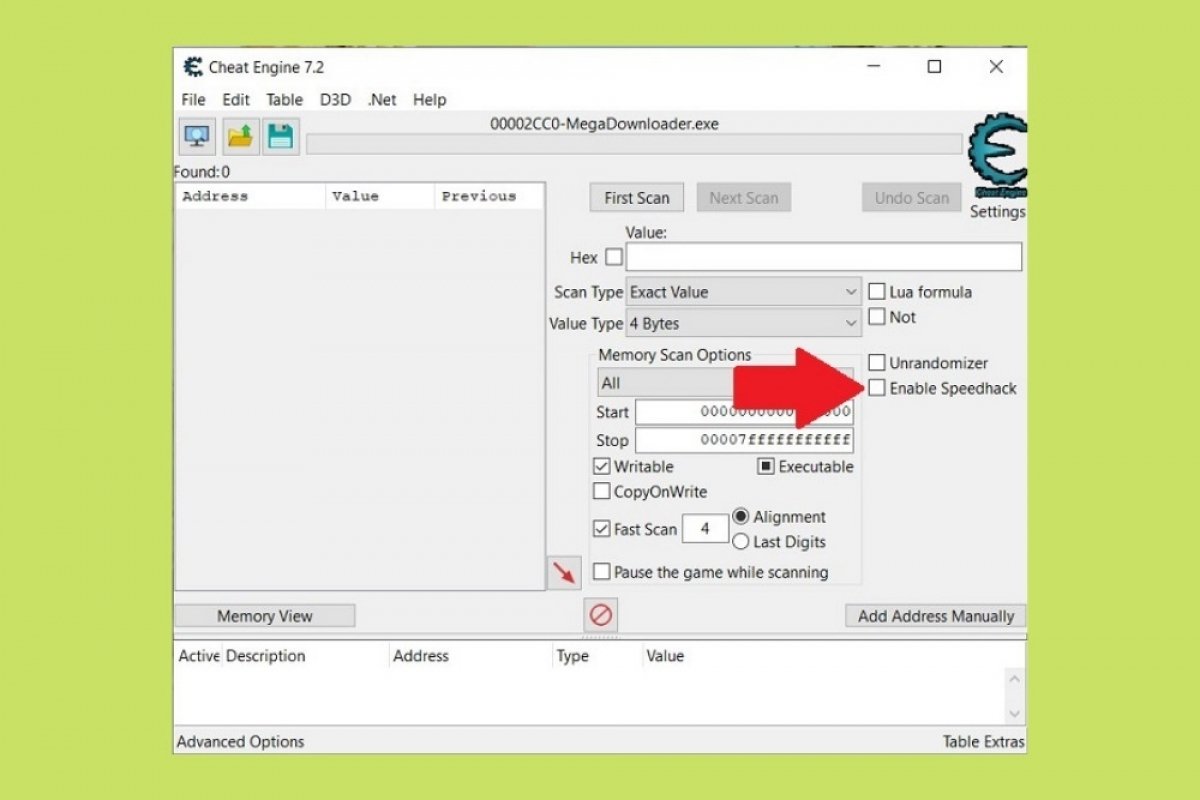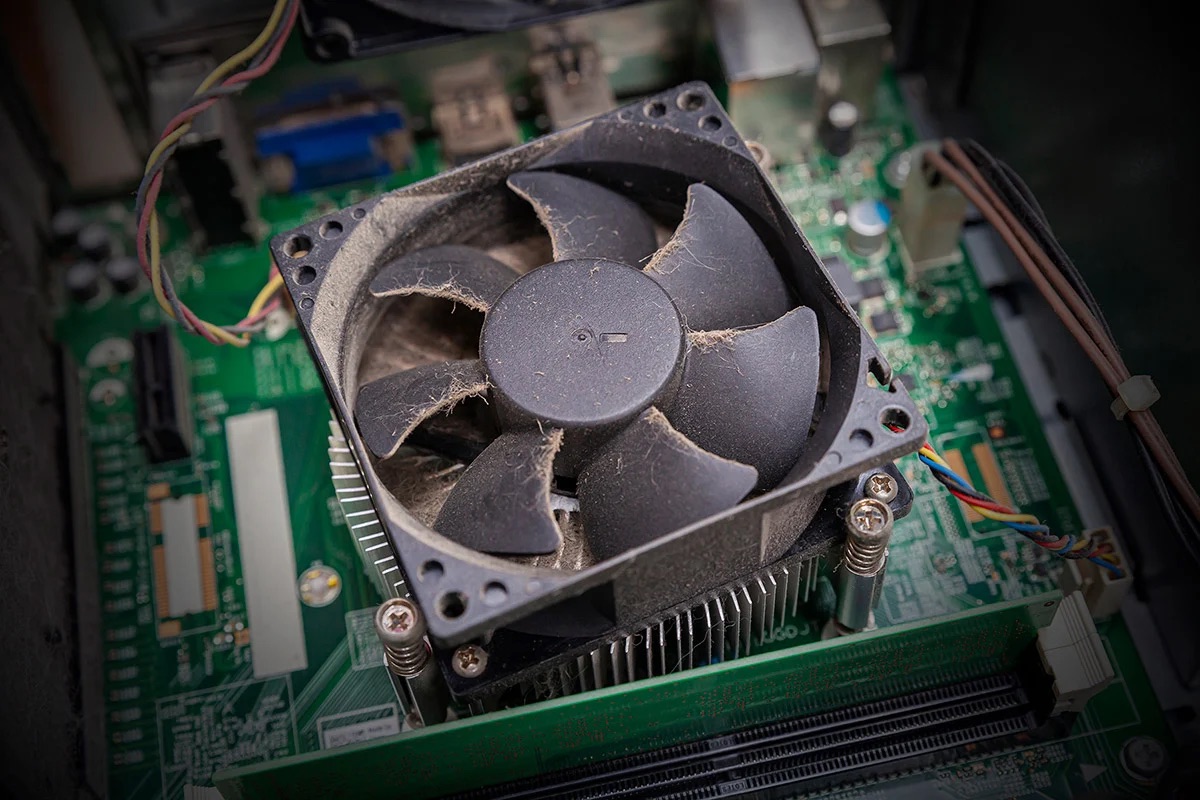“Why is my computer so slow?” This is a question you may ask at some point in your life, more so when your computer is old and struggling to keep up. In this article, we explain 10 possible reasons why your computer has slowed down and offer you potential solutions you can try to fix the issue.
10 Reasons & Fixes to Speed Up Your Computer
#1: Reboot/Restart Your Computer
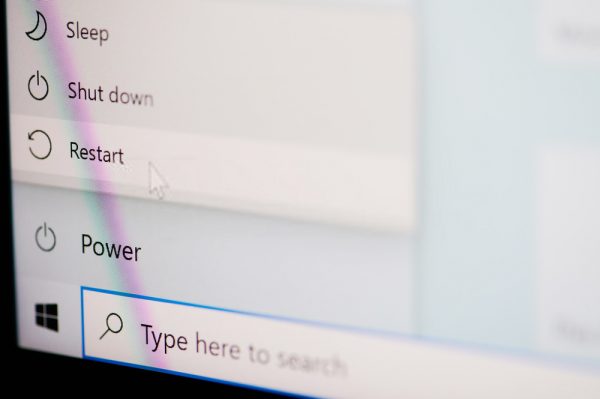

Rebooting your device is one of the easiest and fastest ways to boost your computer’s performance. This is true for most computers and not just laptops or desktops. It’s a quick solution that even mobile devices like phones and tablets respond to. However, not everyone knows why that is, so here’s a quick explanation to help you understand.
All computers have RAM or memory to help them quickly recall recent processes. This helps speed up your computer’s performance so it doesn’t have to reload programs that are already open. But like any kind of storage, RAM can easily get filled up by the programs you use. When this happens, your computer will resort to other means such as swap file usage.
RAM is the fastest memory on a computer, so things will feel more sluggish when a system resorts to using the swap file. If you want to lessen the load on your RAM, you can simply try to close your open programs. It especially helps if you close RAM-hungry programs like Google Chrome. However, the quickest way to refresh your RAM entirely is to reboot the system as a whole.
Rebooting your computer refreshes not only your RAM but also several other processes. Background programs will close, Windows updates can be installed, and bugs can sort themselves out. Rebooting your computer is the quickest fix, especially if these slow-downs only happen occasionally. After rebooting, you should find your computer running much faster than before.
#2: Remove or Disable Background Programs
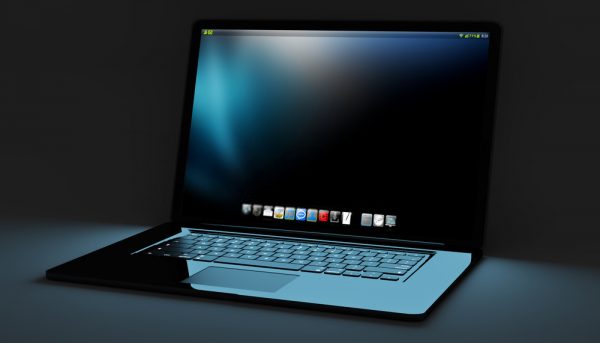

Your computer may be slow because too many programs are running at the same time. We’ve grazed this topic previously, but RAM and the swap file aren’t the only concerns here.
Multiple running programs will eat up a computer’s processing power, and this affects your device’s memory and performance. Of course, this is how a computer is designed, so it should handle a couple of programs open at once. However, the problem of slow-downs gets exacerbated when you have background programs running as well.
Hence, disabling background programs is one of the best ways to keep your computer running quickly. While some of these programs can be beneficial for some workflows, it’s important to shave off unnecessary ones to speed things up.
If you’re unsure which background programs are running, there’s a quick way to check on Windows 10. Just open the Task Manager by pressing Ctrl+Alt+Del on your keyboard. By default, the Task Manager will open in a simplified way without details. However, you can expand this by clicking on the More details link at the bottom.
Doing that should help you find the background programs running and how much power and memory each one consumes. You can click on the various headers to sort the programs by how much they eat up in each category. Afterward, hit End task on unnecessary programs that eat up a lot of resources. Be cautious while you’re doing this as you don’t want to disable programs important to your OS.
#3: Delete Temp Files
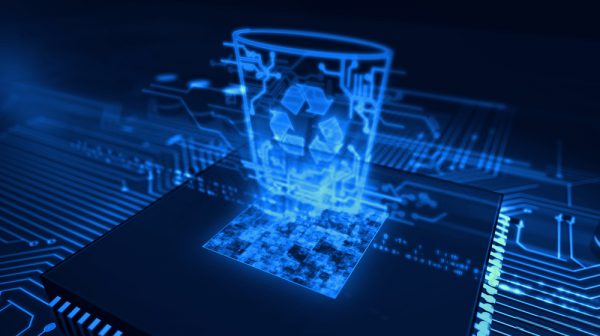

Your computer may be slow because of multiple files and programs hogging your resources. Not all of the files and programs you have are necessary for your system to run. This is especially true if we’re talking about temporary files.
Temporary or temp files are the ones your OS and various programs use to temporarily store data. These include system files, software updates, and the like. However, the problem with these temp files is that they can take up too much storage space on your computer. Moreover, they’re difficult to find because they’re usually buried in hidden folders. Furthermore, it can be difficult to distinguish which temporary files are necessary and which are expendable.
Deleting temp files is an important fix if you want to get your computer to run quickly. Hence, you can try to delete the unimportant ones yourself. You can do this by finding your main temporary file folder and deleting the irrelevant files. To do this, close all of your open programs and hit the Windows key + R. Type “%TMP%” and click OK.
Afterward, you should find a folder that houses a majority of your computer’s temporary files. However, it’s up to you to sort out the files and see which ones are safe to remove or otherwise.
You can also use a program that cleans only unimportant temporary files. This will help make sure you only delete the unnecessary files without touching the ones your OS uses. CCleaner is a good program that does this brilliantly.
#4: Free Up Hard Drive Space
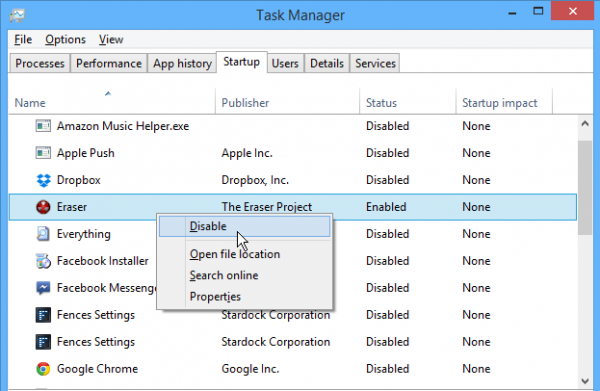

If the methods mentioned above didn’t work for you, you may want to perform a full clean-up of your hard drive to make more room. We’re not just talking about temp files this time; there are other files that hog your disk space that you can quickly clear.
Having enough free space in your hard drive is important for your computer to run properly and perform well. That’s because the operating system requires the extra space to stop fragmentation, create temp files, and use the swap file. Without free space, your computer begins to struggle to perform as well.
The number you need to aim for is around 500MB of free disk space. Try opening Windows Explorer and navigating to This PC to check your various drives’ free space. The main drive you should be checking should be named Windows (C:). On the other hand, you can also check the free space on your other drives to gauge your overall storage. If you have less than 500MB available in any one drive then it’s certainly time to free up some space.
Empty Recycle Bin
You can start by emptying your Recycle Bin. Simply right-click on the Recycle Bin icon and click Empty Recycle Bin to delete all its files.
Delete Unwanted Programs
You can also delete unwanted or unused programs from your computer. Over time, people tend to install programs that they only use once or twice. However, people usually forget to delete these programs after using them so they can take up precious storage space. If you have any unused programs, it’s time to clean them up and uninstall each one.
Clean Your Downloads Folder
You can also clean your Downloads folder in Windows Explorer. Usually, the files and programs you download initially end up in the Downloads folder. The folder can thus end up cluttered with unwanted and/0r unnecessary files.
You can sort out your files in the Downloads folder and delete each one manually. You can also delete everything, but be careful not to delete any files you might need later.
#5: Pause OneDrive Syncing
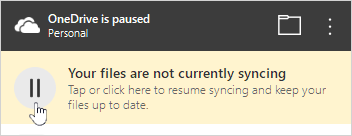

Your computer may also slow down if your OneDrive syncs by default. This process can take up a lot of power, impacting your computer’s performance as a result.
Usually, it’s ideal to keep OneDrive syncing turned on so that your files are updated across platforms. However, you can speed up your computer’s performance temporarily by pausing OneDrive’s syncing feature. To do this, go to the Taskbar and find OneDrive around the notification area.
Afterward, click More > Pause syncing. Then select how long you want OneDrive to pause its background syncing. Then restart your computer to make sure the process is working. Once it’s turned back on, test your computer and see if the performance has improved.
If you want to resume syncing your files, you can do so through the same process. Just go to OneDrive > More > Resume syncing from the taskbar so your OneDrive can resume syncing files.
#6: Malware
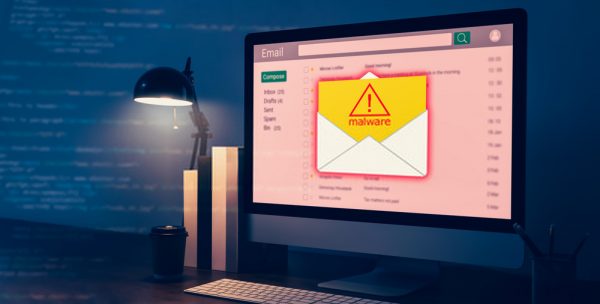

Malware is one of the biggest culprits behind the impairment of a computer’s performance. It not only interferes with your computer’s performance but also harms your computer and compromises your privacy and data. It’s thus important to regularly check and scan for malware.
Thankfully, Windows 10 comes with a built-in antivirus scanner called Windows Defender to help keep your computer safe. However, it does not always get the job done, and so you’ll have to use other programs to beef up your computer’s security.
At the same time, it’s also important to not let your antivirus software hamper your performance. Yes, it’s important to keep your computer clean and virus-free. However, letting the program scan whenever it wants might also be counterproductive and slow down your computer. Hence, make sure to only schedule it to run at specific times, like overnight when you’re not using your computer.
Check out our top antivirus software picks.
#7: Update OS & Drivers
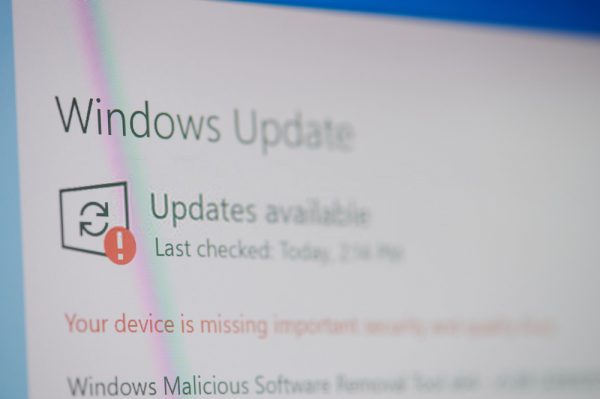

There are multiple reasons why your Windows 10 computer is slow. One possible cause is your device not being up to date. You could have chosen to postpone your Windows updates, and this affects your computer’s operating speed.
Unfortunately, delaying your Windows OS’s updates is detrimental to your computer’s performance. The fix for this is easy; all you need to do is install your overdue updates. To check for updates, simply head over to the Windows start menu. Afterward, launch the Settings app from the settings icon on the left. Then head to Update & Security and check if your Windows OS version is updated. If your device needs an update, this page should also provide instructions for what to do to update your computer.
Doing this should also keep your Windows drivers up-to-date. Hence, this should improve your PC’s overall performance and keep driver issues at bay. Once you finally update your Windows OS, you can check if your computer’s performance has improved. It should run faster and more smoothly if Windows updates were the culprit for the slow-down. Otherwise, you can proceed to the next steps and try other fixes.
#8: Overloaded Browser
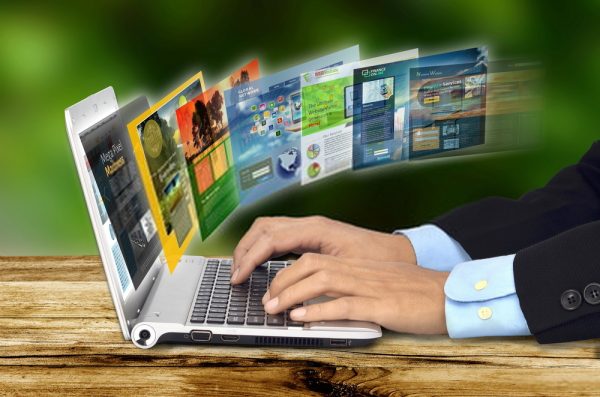

Most people use their browser to access everything they need on a computer without needing to install various programs. However, sometimes, because the browser provides everything you need, it’s also possible for it to become overloaded.
We’re not just talking about hundreds of open tabs on Google Chrome either. Browser extensions could also be a part of the problem. Hence, it’s important to ensure you’re managing both your browser’s tabs and extensions well.
The first, and easiest, step is to close redundant tabs on your browser. Each of these tabs takes up space in your memory, especially if you’re using Google Chrome, notorious for being a memory hog. As a result, your computer might feel exceptionally slow all because of your browser.
Of course, you can just do this by closing every tab. You can also get a breakdown of your browser’s tabs and extensions through the Task Manager. You can access your browser’s task manager usually by selecting the arrow next to the browser name.
However, if you’re using Google Chrome, you should be able to find its built-in task manager through another means. That is by pressing Shift+Esc or clicking on the menu button and navigating to More Tools > Task manager.
With this, you can disable browser extensions and manage your browser tabs to your heart’s content. However, it’s also possible that this might not make your computer run that much faster. If that’s the case, then it might be worth considering switching browsers. For example, if you’re using Google Chrome, try using Safari, Firefox, or Microsoft Edge instead. Of course, regardless of which browser you use, make sure to be mindful about the number of tabs you open.
#9: Disable Startup Programs
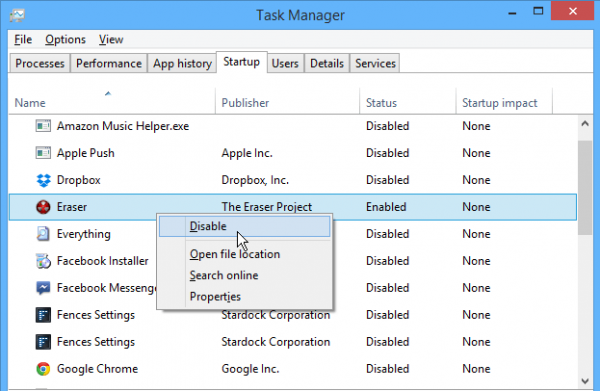

A computer that takes 10 to 30 minutes to start up is a valid source of frustration. If this is what you’re dealing with, then we suggest disabling startup programs you have installed.
Startup programs are the ones that automatically run once you open your computer. Many programs do this, but they usually also come with the option to startup automatically or manually. Running them automatically can be useful if you need the program right away. However, they will be detrimental to your computer’s startup speed.
Moreover, if you need multiple programs to start automatically upon booting, then this can pose a real problem. While your computer might be able to handle launching one program automatically upon booting, it’ll be considerably slower if it needs to do the same thing for multiple programs.
Furthermore, this can also reduce performance even after startup because these programs will run in the background. Hence, it’s important to disable a few of your startup programs and keep only the ones you need.
To do this, you can open the Task Manager by hitting Ctrl+Alt+Del on your keyboard. Then, go to the Startup tab and see which programs are enabled to run during startup. Just click on a program and click the Disable button on the bottom-right to disable the program’s startup launch.
Of course, you can sort through this list by only enabling the programs you need. However, you can also check the Startup impact column to sort the ones that impede your performance the most.
#10: Upgrade RAM & Hard Drive
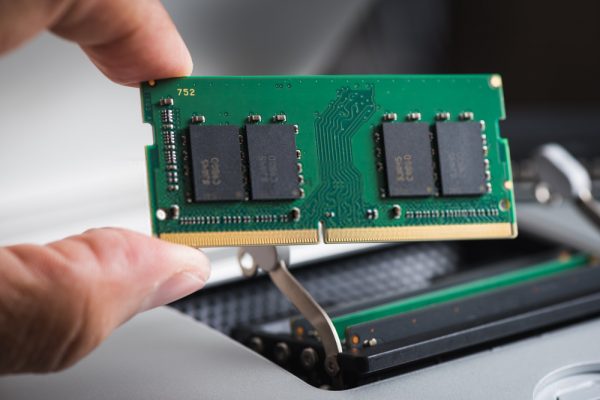

Lowering the amount of workload your computer needs to do may not be the most practical solution. Perhaps you truly need to have those 10-20 tabs active on your browser. You may also not have any more files to delete after clearing out your folders.
If so, then perhaps it’s not about reducing your computer’s workload but increasing its capacity. Hence, what you would need to do is upgrade your computer’s RAM and/or hard drive. Most computers and programs nowadays require at least 8GB of RAM for base models. Hence, if you’re using an old device with 4GB of RAM, then it might not be enough for modern-day tasks.
What you’d need to do is upgrade your RAM if that’s possible considering your current system. However, there won’t be much you can do if your computer’s RAM isn’t upgradeable. This is especially prominent in laptops with components soldered onto the motherboard. If you need more RAM in that case, then you might be forced to upgrade your computer altogether. Check our RAM buying guide for suggestions on which RAM stick to get for your computer.
On the other hand, you can also choose to upgrade your hard drive. Most new computers nowadays are already using a Solid State Drive (SSD) to store data. Back then, it wasn’t always practical to have this on a PC because of the price. However, it’s becoming more practical to recommend an SSD upgrade due to cheaper SSDs entering the market.
SSDs are faster than regular hard disk drives that you might find on older devices. They have no moving parts and are generally faster, especially when it comes to boot times. Check out our buying guide on the best SSDs to get as well as our tutorial on installing an SSD on your computer.
Conclusion
Wondering why your computer is slow is a legitimate question, but it’s not necessarily a cause for alarm. After all, the solution could as simple as restarting your system or deleting a couple of files. Alternatively, you may have to try more complex solutions like installing new antivirus software or upgrading your hardware.







